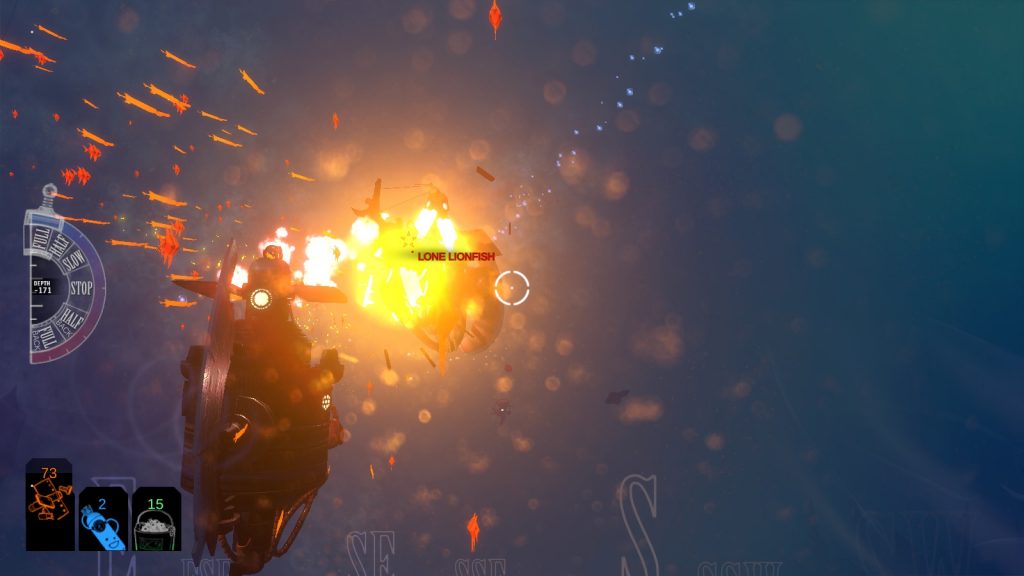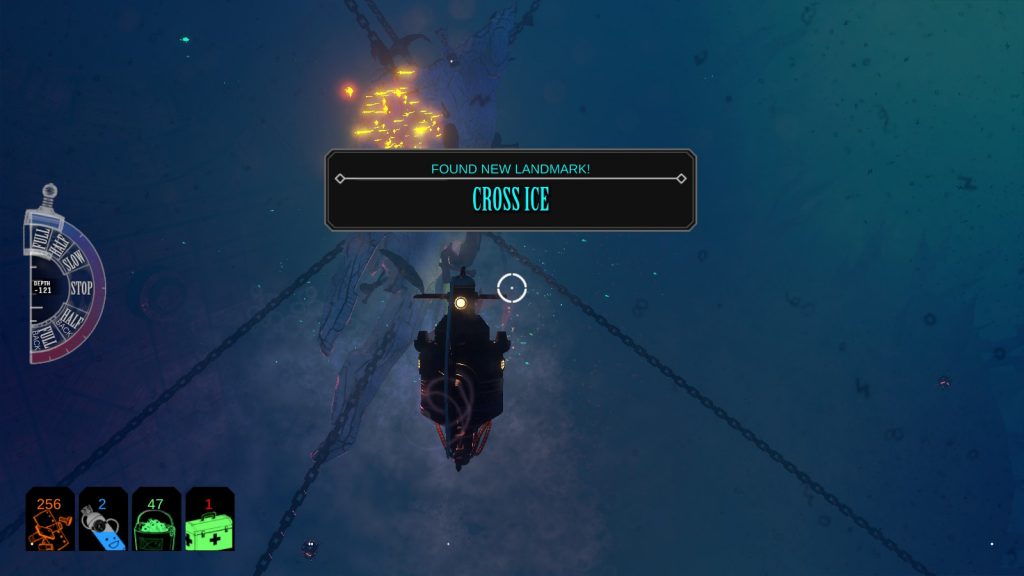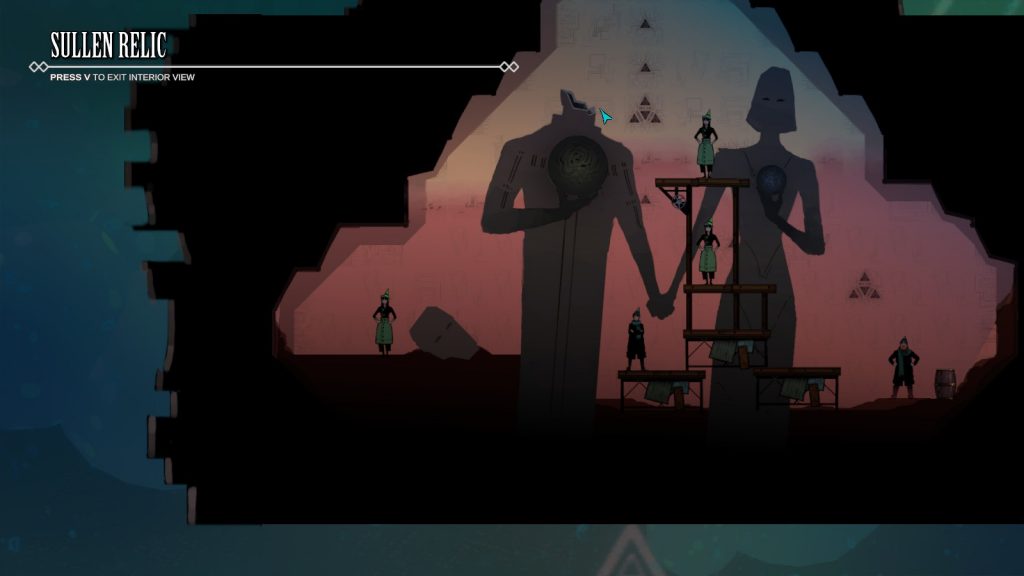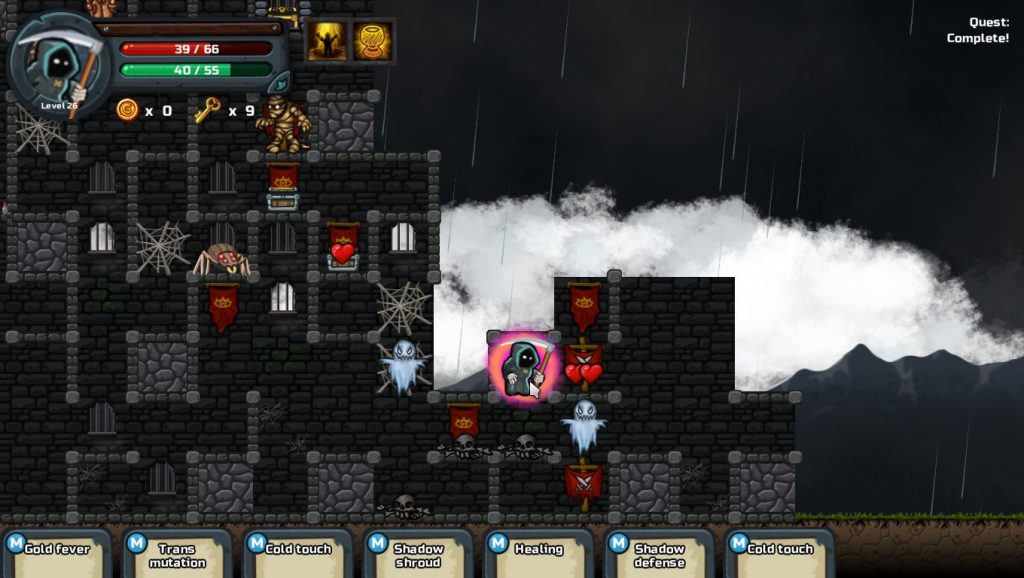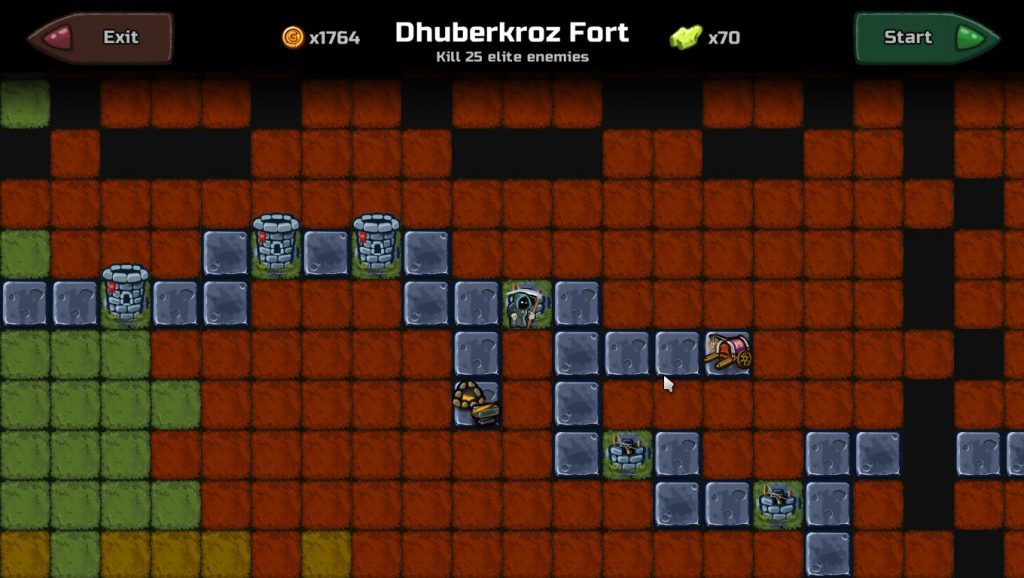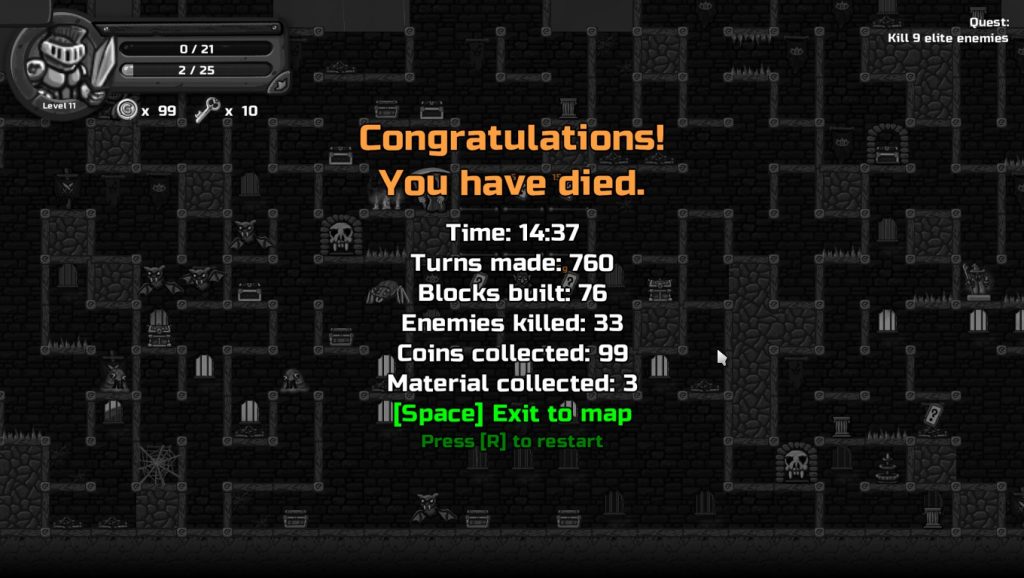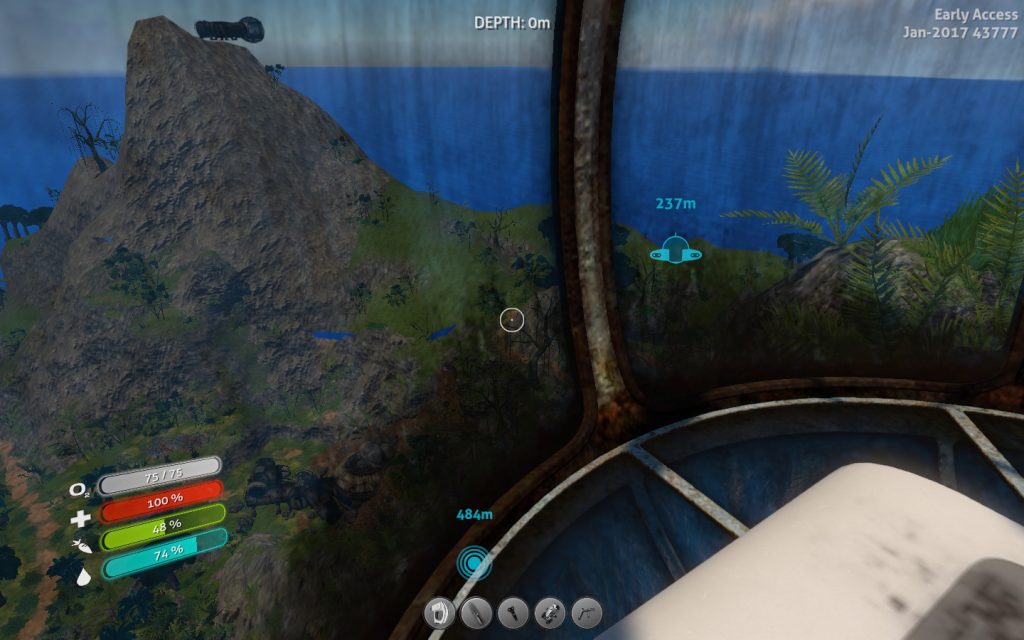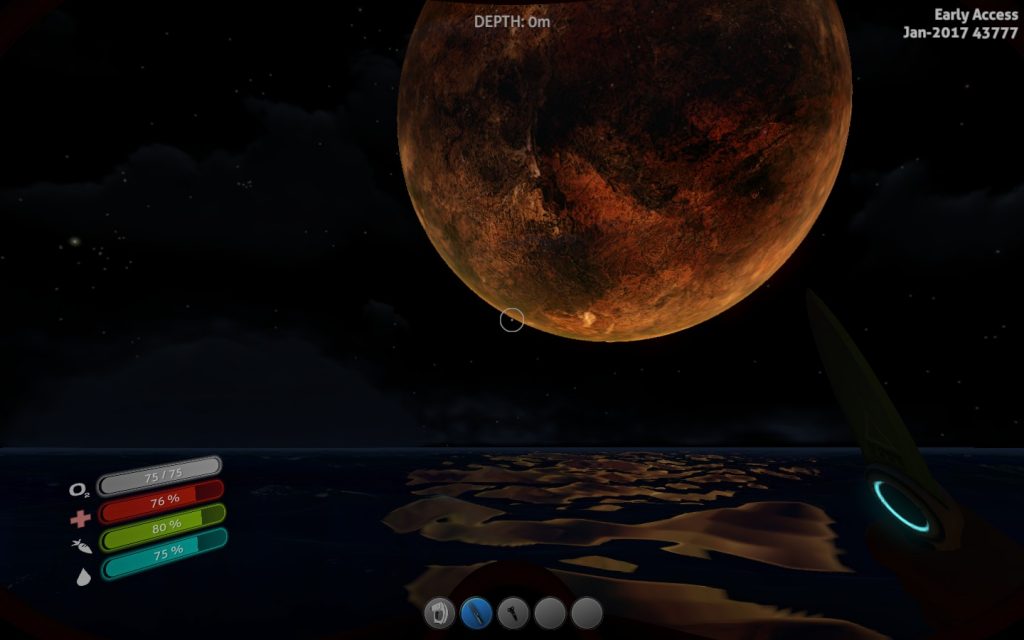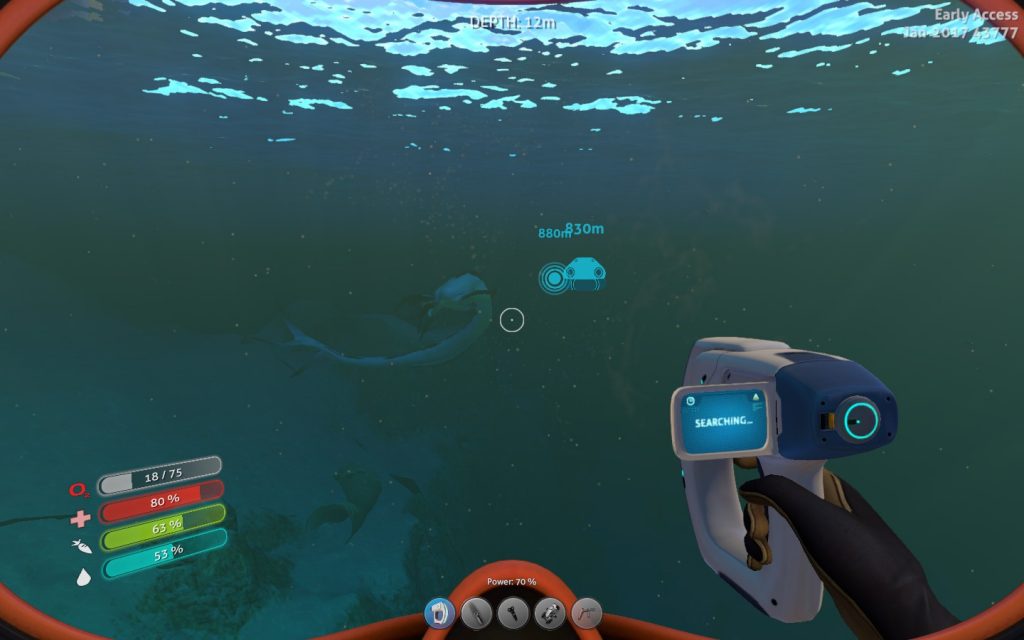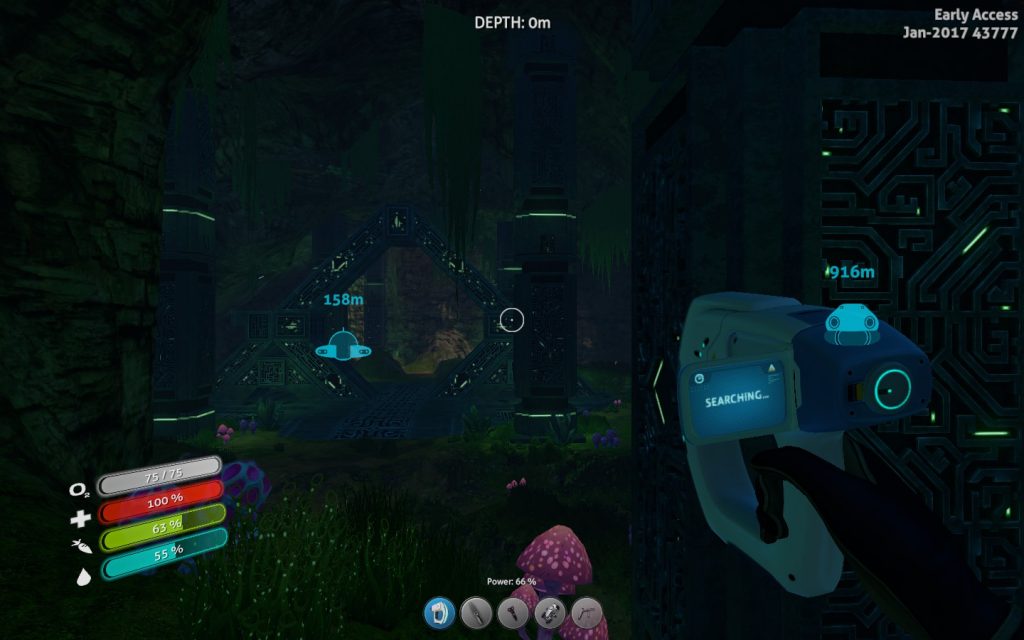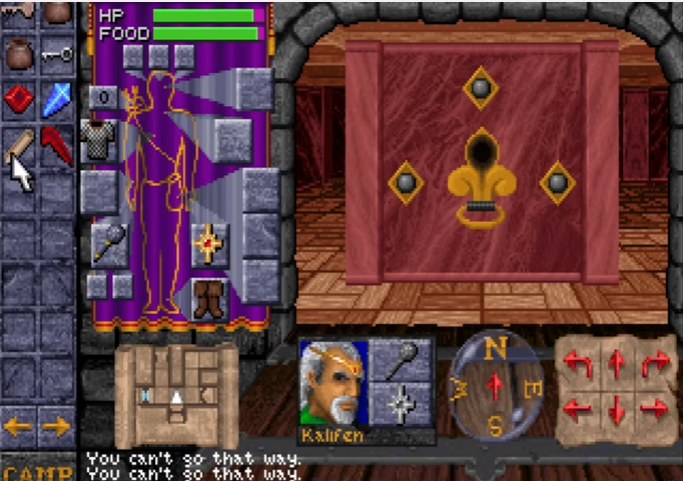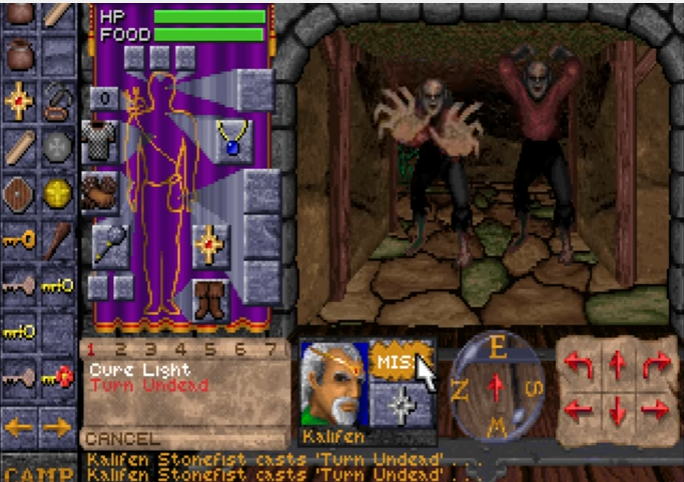Holy Potatoes! We’re In Space?! (Review)
Source: Review Copy
Price: £11.99
Where To Get It: Steam, Humble Store, GOG
Holy Potatoes! Is a difficult game to write about. Not because it’s a bad game (It’s not), or buggy (It’s not), or even unclear (Nope, it explains itself and its mechanics quite well), but because it is very directly designed around something that definitely isn’t for everybody: Grind. I ran into this problem when trying to describe the first game in the series (Holy Potatoes! A Weapon Shop?!) to a friend, and now, I’m running into it when describing it to you.
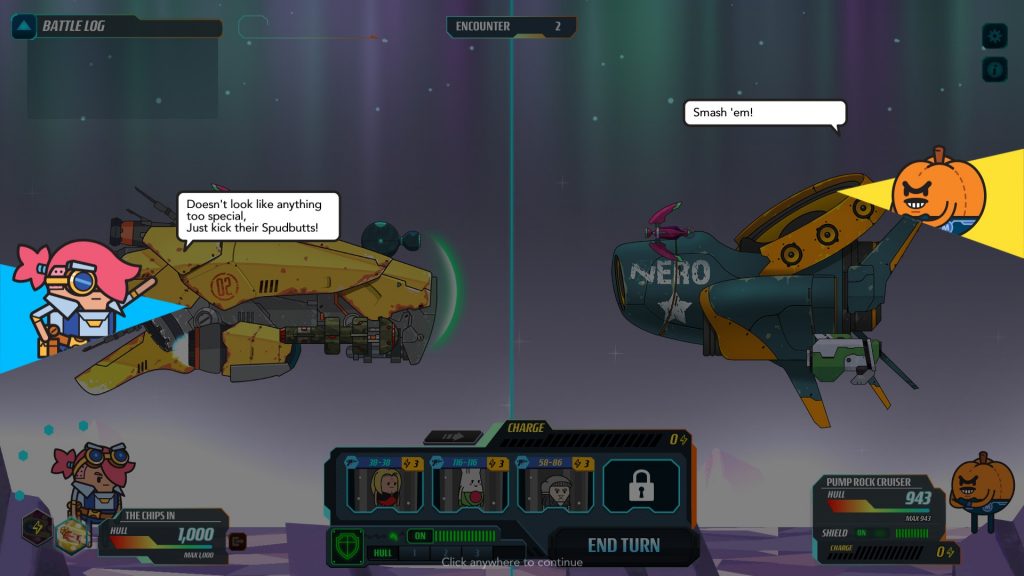
I forget to mention this, but there’s a lot of root vegetables walking around asking for a good beetdown.
Mechanically, the game boils down to “Explorer planets toward a mission within a time limit, try and improve your ship and weapons within the limitations of the system’s store/loot, and things slowly get tighter and more tactical as you go on.” and part of the problem describing this well is that, while everything’s open (You know, for example, the damage ranges of your weapons fairly well, even before crafting them), if you’re not paying attention to this from the start, you’re going to run into problems later on. My first play, for example, started running into game overs about four or five missions in, as I’d sped through the missions, and not, for example, ground out the money with the spare time I had to improve my ship enough. I could have reloaded, but by that point, I’d already fallen into the urgency trap.
And this is a shame for me, because the game, like its prequel, has some charm to it. Visually, its simple and clear aesthetic is nice, its music is riffing on space opera, and the story also riffs on space opera in an often comedic manner, as the two heroines bumble their way about the universe looking for their grandfather, perhaps creating more problems than they solve. There’s a variety to the weapons within their basic groups, and systems are easy to understand, but success involves balancing these “simple” systems together, and that’s where the difficulty lies.

Exploring a planet generally takes 2 sols (1 to get there, 1 to explore.) So you can see there’s often a *reason* for urgency. Which can be tricksy.
Limited crew slots means you’re balancing goals, such as research, crafting of new weapons, and, for the most part, repair and refuelling in the early game means spending a day or two heading back to the starbase in the system. So, in one sense, the entire game is the balancing of these simple systems so as to not have mistakes that snowball. And this is what might put people off, that, while there are multiple paths to success (Being tanky as hell, being extra-shooty, special abilities, more crew = more guns), mistakes have a nasty habit of snowballing insidiously.
If you played and enjoyed Holy Potatoes! A Weapon Shop?! Then you will definitely enjoy We’re In Space?! , as it’s roughly the same tactical and strategic RPG concepts, the same balancing of “simple and clear” elements within a relatively strict time limit, the same random events, clear art style, charming and highly referential writing, but dressed up in a space opera leotard and packing laser beams and missiles instead of swords. If you haven’t, We’re In Space?! Has a demo, and it’s worth a look if you like simulation and “simple” SRPG type games. Which are still complex enough in how they work that a reviewer like me struggles to describe how it’s actually quite complex and interesting.
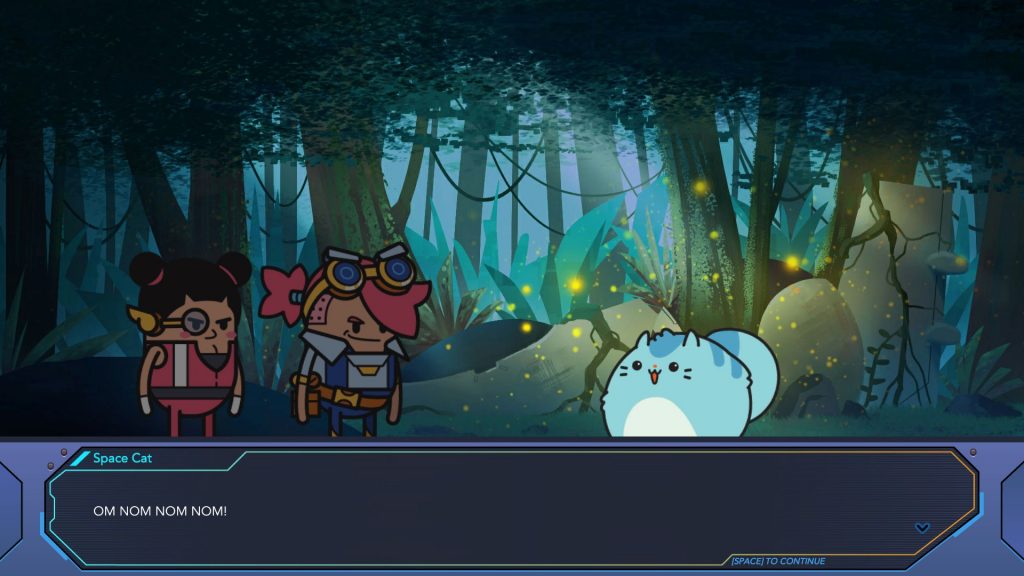
The game establishes its charm and reference quality early on by having a Quantum Cat. Yes, I *know* all cats are Quantum Cats, but this one’s more *obvious* about it.
The Mad Welshman stared at the store display. Damn, he couldn’t afford both Extra Train Tracks and Better Rope. Decisions, decisions…

